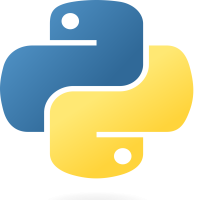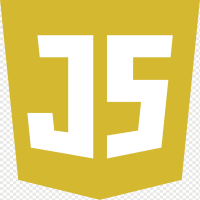
Python - Methods and Operations
08-Jan-2024Learn the essentials of classes and objects in Python. Understand how to create classes, instantiate objects, and leverage the power of encapsulation and abstraction for effective code organization
Introduction
Methods serve as the strategic playbook directing an object's performance. They not only define the dynamic actions of an object but also enable seamless interactions with its sporting environment. Dive into the essentials of methods and operations in Python with a sporting twist.
Defining Methods :
- Execute the def play within a class to craft a method.
- The primary parameter, often called self, establishes a direct link to the object instance.
# Example: Defining a SoccerPlayer class
class SoccerPlayer:
def score_goal(self):
return "Goal! The crowd goes wild!"
Calling Methods :
- Navigate through an object's skillset using dot notation.
# Example: Creating an instance of SoccerPlayer
star_player = SoccerPlayer()
result = star_player.score_goal() # Executing the score_goal method print(result) # Output: Goal! The crowd goes wild!
The self Parameter :
- Empowers a method to dribble through the object's attributes seamlessly.
# Example: Creating an instance of Runner runner_instance = Runner("Speedy Gonzales")
# Calling the sprint method runner_instance.sprint()
# Output : Speedy Gonzales dashes towards the finish line!
Examples of Method Applications :
- Goal Celebration: Executing signature celebrations and engaging with fans.
- Race Tactics: Strategizing speed bursts and adapting to race conditions.
- Team Communication: Facilitating on-field communication and collaboration.
- Game Strategy: Analyzing opponent moves, making strategic decisions.
- Training Routines: Streamlining drills and optimizing performance preparation.
Key Points :
- Methods define an athlete's moves and dynamic actions.
- The self parameter enables seamless access to an athlete's attributes.
- Special methods empower control over distinct athlete behaviors.
- Methods form the playbook for interactive and dynamic sports-oriented applications.


